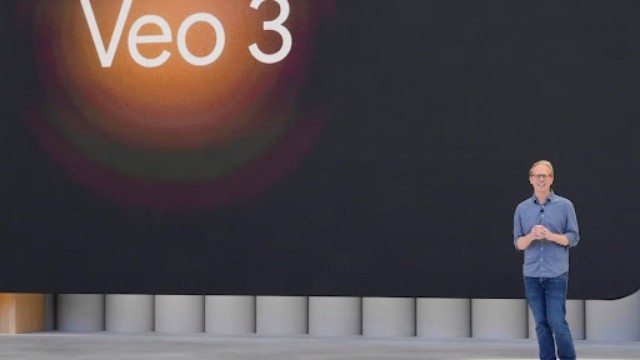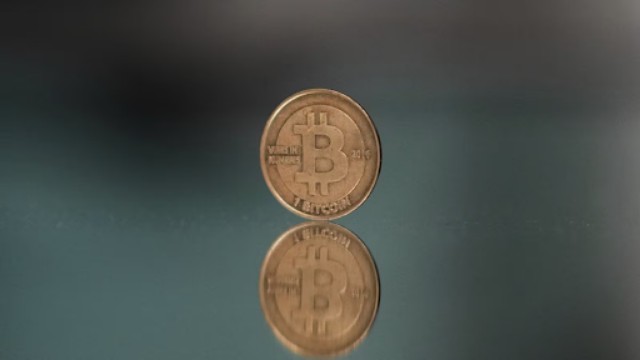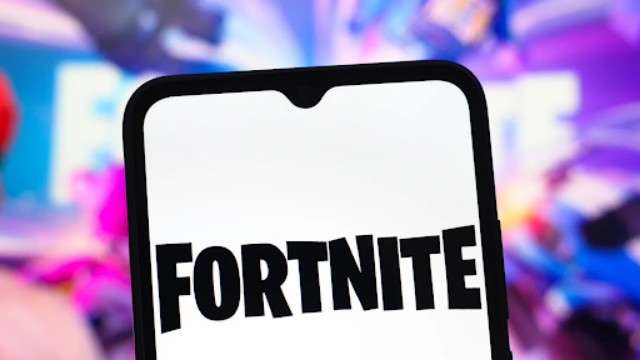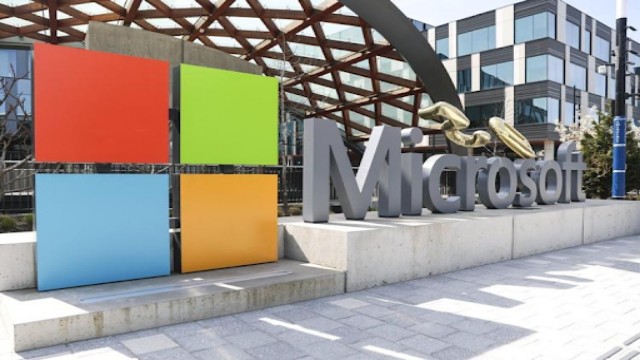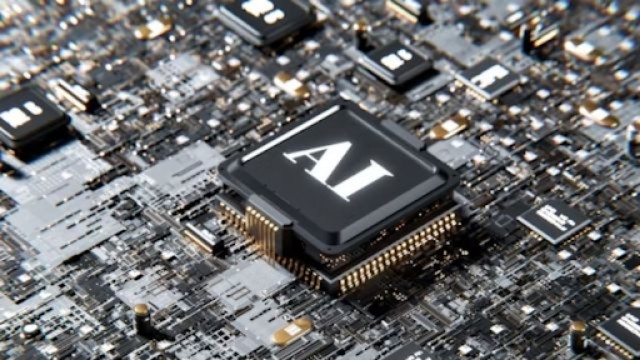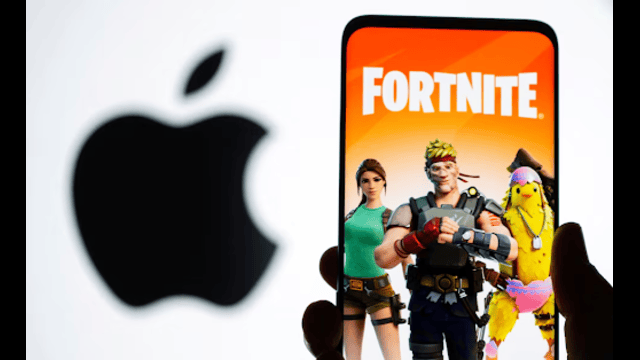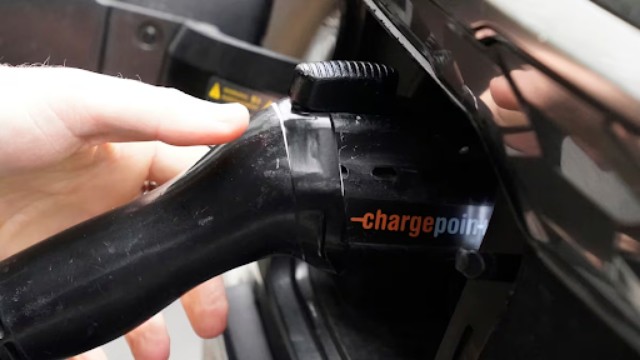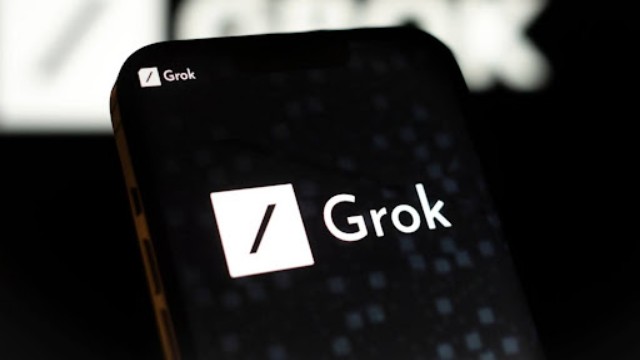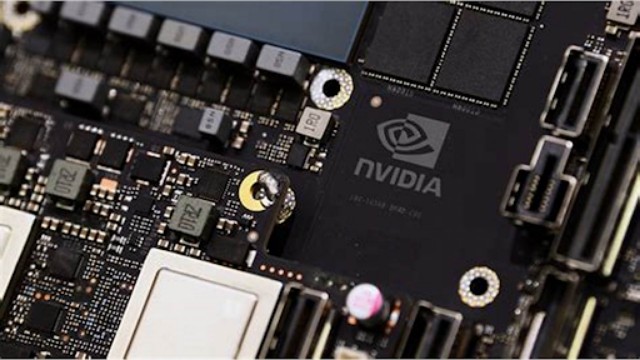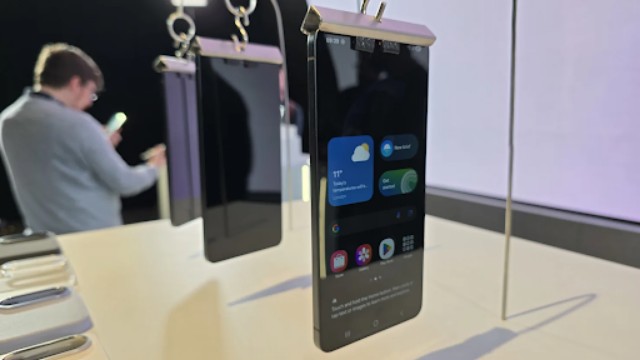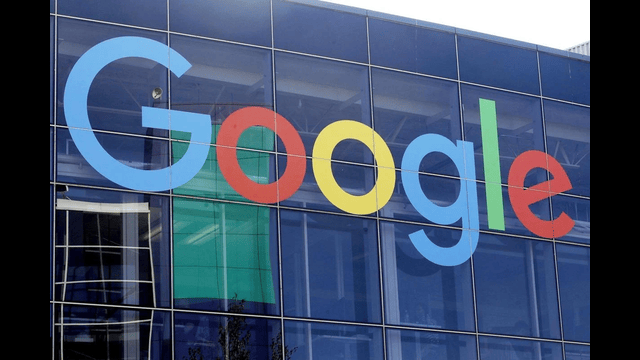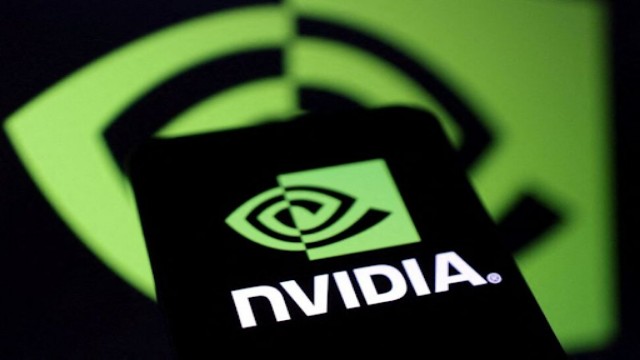
The unmanned Boeing Starliner capsule fired its thrusters on Friday as it moved away from the International Space Station. However, two astronauts remain on the station and will have to wait for another spacecraft to bring them back to Earth. (NASA/The Associated Press)
After months of uncertainty and setbacks, Boeing's new astronaut capsule, Starliner, departed the International Space Station on Friday without its crew. NASA's two test pilots, Suni Williams and Butch Wilmore, stayed behind, extending their stay at the space station by several more months. The Starliner undocked smoothly, 420 kilometres above China, and began its journey back to Earth. The return flight is expected to take six hours, with a nighttime landing planned in the New Mexico desert.
Astronaut Suni Williams expressed relief as the capsule departed, radioing, "She's on her way home." However, the journey has been far from smooth for Boeing’s Starliner.
Initially, Williams and Wilmore were supposed to return to Earth in June, just a week after their launch. However, several issues marred their trip, including thruster failures and helium leaks. These technical glitches forced NASA to reconsider bringing the astronauts back in the Starliner, ultimately deeming it too risky. The decision was made to keep the astronauts at the space station, leaving the capsule to return empty with only their blue spacesuits and some old station equipment.
The plan now is for SpaceX to bring Williams and Wilmore back to Earth in late February. Their mission, originally intended to last just eight days, will now stretch to over eight months. SpaceX will launch its Dragon capsule for a half-year expedition with only two astronauts on board, reserving two seats for Williams and Wilmore’s eventual return.
Boeing’s mission has faced numerous delays and setbacks. NASA hired both Boeing and SpaceX to handle orbital transportation services after the retirement of the space shuttles over a decade ago. Boeing’s first test flight in 2019, which had no crew on board, encountered so many problems that the company had to repeat the flight in 2022. Even the second test flight uncovered additional flaws, pushing the repair bill over $1 billion.
SpaceX, on the other hand, has completed nine successful crewed missions for NASA since 2020, with a 10th flight scheduled soon.
The troubles for Boeing's Starliner began even before the astronauts launched on June 5. Small helium leaks were detected in its propulsion system, but these issues were initially thought to be isolated. After liftoff, however, four more helium leaks appeared, and five thrusters failed. Though four thrusters were restored, the potential for further malfunctions raised concerns about the capsule’s ability to safely return the crew to Earth.
Boeing conducted numerous tests on the thrusters, both in space and on the ground, over the summer. The company was confident that the spacecraft could safely bring Williams and Wilmore home. Despite this, NASA remained unconvinced and decided to entrust their return to SpaceX instead.
A minute after detaching from the space station, Starliner's thrusters could be seen firing, and the capsule, white with blue trim, slowly drifted away. NASA Mission Control described the departure as "perfect."
Engineers suspect that the repeated firing of the thrusters causes them to overheat, which may swell the protective seals and obstruct the flow of propellant. Unfortunately, the team will not be able to examine any of the faulty components, as the section containing the thrusters will be discarded just before the capsule re-enters Earth’s atmosphere.


